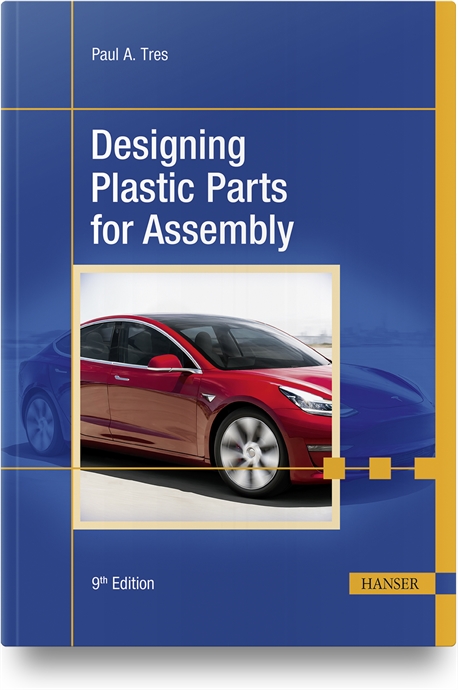In some cases, innovation is a fortuitous accident, as it was when Patsy Sherman’s lab assistant spilled some liquid they were testing on her canvas shoes.
A technological innovation may stand alone, like the steel plow invented by John Deere, or it may beget further innovation, like the transistor invented by John Bardeen, William B. Shockley and Walter Brattain. In some cases, innovation is a fortuitous accident, as it was when Patsy Sherman’s lab assistant spilled some liquid they were testing on her canvas shoes. Sherman, a chemist for 3M at the time, couldn’t wash it off. Intrigued, as all good scientists are in such circumstances, she teamed up with colleague Sam Smith to develop the oil- and water-resistant fabric treatment we all know today as Scotchgard.
Innovation is often an unexpected byproduct of unsuccessful R&D, as it was when Dr. Harry Coover was trying to develop an optically clear plastic for precision gun sights at Eastman Kodak Co. during World War II. The project stalled because the cyanoacrylates he was working with stuck to everything, and terminated when the war ended. Later transferred to Kodak’s plant in Tennessee and working on a project to develop an acrylate polymer for jet canopies, Coover resurrected this research. It didn’t work for that application either, but he realized that he had a marketable fast-setting adhesive. Eastman 910-named thus because it polymerized in 10 seconds-went on the market in 1958 and cyanoacrylates are widely used today in applications ranging from assembling parts to closing skin after surgery.
Innovation is essential to any manufacturing company’s success. But blind alleys abound, and an innovation isn’t always immediately obvious, as in Eastman 910 and 3M’s ubiquitous Post-it Notes. Nonetheless, innovations in product and process are the foundation of the wide-ranging economic and social success we enjoy in America. Innovation-whether by entrepreneurs working in their basements or by corporate monoliths with well-funded laboratories-creates both jobs and the industries of the future.
Nurturing innovation is an ongoing challenge, in part because it is almost never clear that any given idea will lead to a commercially viable product or process. Coover, who holds 460 patents, says that everyone in a company should be challenged with innovation. “The economic viability of both large and small companies really depends on their ability to incorporate new science and technology,” he says. “The graveyard is full of companies that failed to do that.”
However, innovative products will never be commercially successful unless they can be manufactured and sold profitably. Similarly, innovative processes are only interesting curiosities until they are applied to profitable production.
Enter Assembly Technology Expo 2007, stage left, along with four other shows where you can learn about the latest innovations across all of manufacturing. For the first time, ATExpo will be held in conjunction with the Electronics Assembly Show, National Manufacturing Week, Quality Expo, PlasTec Midwest, and the Midwest Manufacturing Conference 2007. You can see it all at the Donald E. Stephens Convention Center (Rosemont, IL) on Sept. 25-27. Check out the show web sitewww.atexpo.comfor complete details.
Get our new eMagazine delivered to your inbox every month.
Stay in the know on the latest assembly trends.
SUBSCRIBE TODAY!Copyright ©2024. All Rights Reserved BNP Media.
Design, CMS, Hosting & Web Development :: ePublishing
